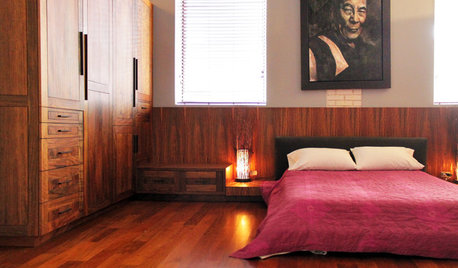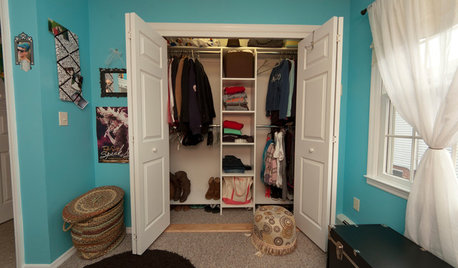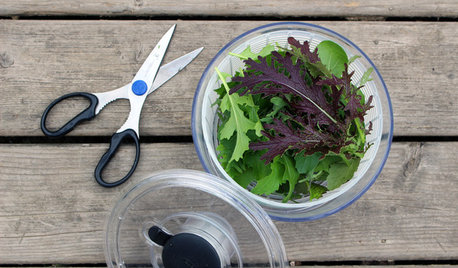Aeration and top-dressing: help needed!
VisualCSharp
12 years ago
Related Stories

ORGANIZINGGet the Organizing Help You Need (Finally!)
Imagine having your closet whipped into shape by someone else. That’s the power of working with a pro
Full Story
EXTERIORSHelp! What Color Should I Paint My House Exterior?
Real homeowners get real help in choosing paint palettes. Bonus: 3 tips for everyone on picking exterior colors
Full Story
Storage Help for Small Bedrooms: Beautiful Built-ins
Squeezed for space? Consider built-in cabinets, shelves and niches that hold all you need and look great too
Full Story
ORGANIZING7 Habits to Help a Tidy Closet Stay That Way
Cut the closet clutter for a lifetime — and save money too — by learning how to bring home only clothes you love and need
Full Story
FARM YOUR YARDThe 8 Tools That Help Bring the Farm to Your Table
Vegetable gardeners get a big assist from these essential helpers
Full Story
DECLUTTERINGDownsizing Help: How to Edit Your Belongings
Learn what to take and what to toss if you're moving to a smaller home
Full Story
ORGANIZINGDo It for the Kids! A Few Routines Help a Home Run More Smoothly
Not a Naturally Organized person? These tips can help you tackle the onslaught of papers, meals, laundry — and even help you find your keys
Full Story
REMODELING GUIDESKey Measurements for a Dream Bedroom
Learn the dimensions that will help your bed, nightstands and other furnishings fit neatly and comfortably in the space
Full Story
PETSHow to Help Your Dog Be a Good Neighbor
Good fences certainly help, but be sure to introduce your pup to the neighbors and check in from time to time
Full Story
MOVINGRelocating Help: 8 Tips for a Happier Long-Distance Move
Trash bags, houseplants and a good cry all have their role when it comes to this major life change
Full StoryMore Discussions








VisualCSharpOriginal Author
dchall_san_antonio
Related Professionals
Barrington Hills Landscape Architects & Landscape Designers · Camp Verde Landscape Contractors · Cerritos Landscape Contractors · Columbine Landscape Contractors · Lexington Landscape Contractors · McLean Landscape Contractors · Newberg Landscape Contractors · North Ridgeville Landscape Contractors · Nutley Landscape Contractors · Old Saybrook Landscape Contractors · Richmond Landscape Contractors · Teaneck Landscape Contractors · View Park-Windsor Hills Landscape Contractors · Pflugerville Swimming Pool Builders · Rocky Point Swimming Pool BuildersVisualCSharpOriginal Author
dchall_san_antonio
VisualCSharpOriginal Author
dchall_san_antonio
VisualCSharpOriginal Author
VisualCSharpOriginal Author
dchall_san_antonio
VisualCSharpOriginal Author